Virtual Reality (VR) has transformed the way we interact with technology, creating immersive experiences that challenge our perceptions and emotions. But have you ever stopped to think about how these digital environments affect our psychology?
This article looks into the psychological effects of virtual reality, exploring how it can enhance therapeutic outcomes, engaging learning, and even pose certain risks. Let’s embark on this journey to better understand the mental landscape of VR!
About Virtual Reality
Types of Virtual Reality
Before we understand psychological effects, it’s essential to understand the different types of virtual reality available.
Fully Immersive
Fully immersive VR uses equipment like headsets and gloves to transport users into completely digital worlds. Think of stepping into a video game so real that you feel like you’re actually there!
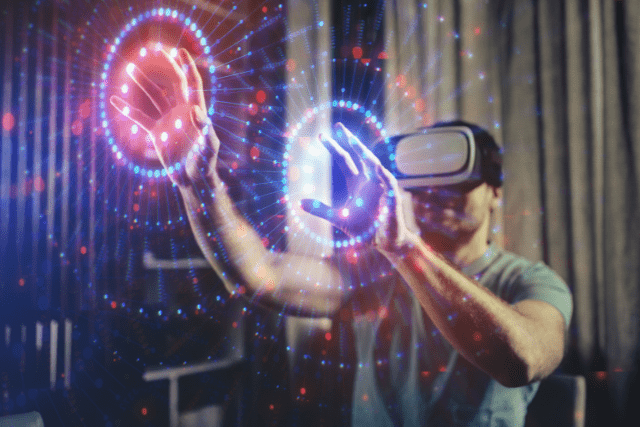
Non-Immersive
On the other hand, non-immersive VR utilizes traditional screens and devices. It’s like playing a video game on your computer, where you control characters but don’t experience the environment firsthand.
Historical Development of VR Technology
The roots of virtual reality date back to the 1960s, with pioneering work by researchers like Ivan Sutherland, who created the first head-mounted display. Fast forward to today, VR technology has exploded in popularity, especially with advancements in graphics, interactivity, and accessibility.
But how did we get here? Understanding this history sheds light on the profound psychological impacts we’re experiencing now.
Psychological Effects of Virtual Reality
Having explored the basics, let’s uncover the range of psychological effects that virtual reality can bring to the table.
Positive Psychological Effects
Enhanced Therapeutic Outcomes
One of the most promising applications of VR is in therapeutic settings. Imagine facing your fears in a safe, controlled environment. VR has been a game-changer, especially for individuals battling PTSD or anxiety disorders. Exposure therapy using VR allows patients to confront traumatic memories—guided and supported by professionals—resulting in significant therapeutic breakthroughs.
Increased Engagement and Learning
VR isn’t just for therapy; it’s also transforming education. Immersive learning environments can significantly boost engagement and retention. Imagine learning about the solar system while “floating” among the stars! It makes education not only engaging but also effective.
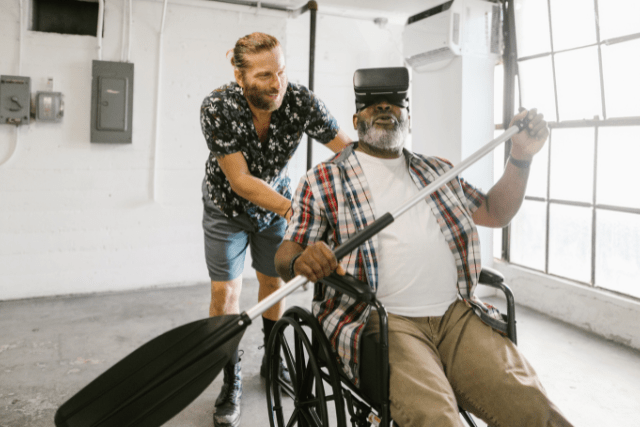
Negative Psychological Effects
However, it’s not all sunshine and rainbows. Let’s talk about the darker side of virtual reality.
Cybersickness
Ever felt dizzy after playing a VR game? That’s cybersickness! Symptoms like nausea, disorientation, and fatigue can occur when there’s a disconnect between what your eyes see and what your body feels. It’s like your brain is trying to reconcile two conflicting realities—and it doesn’t always end well!
Desensitization to Real-Life Events
Another concern is the potential desensitization to real-life experiences. Continuous exposure to violent or extreme scenarios in virtual environments can dull emotional responses in real life. It’s a phenomenon that calls for awareness as we navigate the vast oceans of VR content.
Therapeutic Applications of Virtual Reality
VR in Mental Health Treatment
Virtual reality is revolutionizing how we approach mental health treatment.
Exposure Therapy for PTSD
For PTSD patients, VR exposure therapy lets them relive traumatic moments while being supported by innovative techniques. Controlled settings can reduce anxiety, enabling participants to process their trauma safely.
Anxiety and Stress Reduction
Beyond PTSD, VR has shown effectiveness in reducing general anxiety and stress. Programs designed to simulate calming environments—like serene forests or peaceful beaches—can be incredibly therapeutic. It’s like a mini vacation for the mind, making relaxation more accessible than ever!
Educational and Training Benefits
The advantages of VR also extend into education and job training.
Immersive Learning Environments
Students benefit from immersive experiences that can enhance learning through simulations and real-time scenarios.
For example, medical students can practice surgeries in a VR setting before working with real patients.
Skill Development Simulations
From flight simulations for pilots to surgical training for doctors, VR provides risk-free environments for individuals to hone their skills. It’s practical training that builds confidence and expertise before entering high-stakes situations.
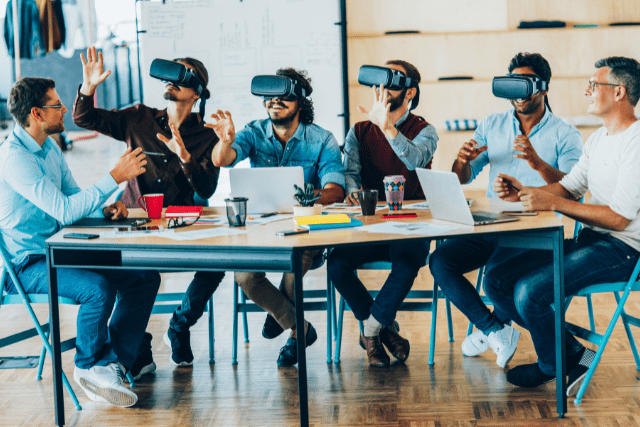
Social Implications of Virtual Reality
We must also consider how virtual environments impact social dynamics.
Changes in Social Interaction
Online Communities and Relationships
Virtual reality opens new avenues for social interaction. Many users form friendships in online VR communities, engaging with people worldwide. This connectivity can enhance your social life—surely, that’s a perk!
Potential for Isolation
Conversely, extensive VR use can lead to social isolation. Spending more time in virtual worlds rather than physical ones may diminish face-to-face connections. So, while you’re forming bonds in a digital realm, don’t forget the value of real-life interactions.
Cyberbullying and Online Harassment Risks
Unfortunately, the anonymity of virtual environments can lead to negative experiences—think cyberbullying and harassment. Just like in social media, these issues can extend into VR, impacting mental health and overall experiences. Awareness and reporting mechanisms are vital to promote safer environments.
Future Trends in Virtual Reality
What’s next for VR? Let’s explore upcoming trends and possibilities.
Evolving Technologies in VR
Increased Accessibility
As technology continues to advance, VR is becoming more accessible to general consumers. With affordable headsets and improved mobile apps, expect increased participation across demographics.
Integration with AI and Machine Learning
The fusion of VR with artificial intelligence and machine learning is poised to create more personalized experiences, enhancing psychological treatment and educational applications. Imagine a virtual therapist that adapts sessions based on your emotional feedback—science fiction is becoming a reality!
Anticipating Future Psychological Impacts
With these advancements come new psychological effects. Continuous engagement with VR may reshape perceptions of reality and alter how we process emotions. It’s an evolving landscape that demands ongoing study and consideration.
Strategies for Healthy VR Usage
As powerful as this technology is, it’s essential to approach it mindfully.
Best Practices for Users
Setting Time Limits
Setting boundaries is crucial. Allocate specific times for VR use to maintain a healthy balance between virtual and real-life experiences. No one wants to end up living in a headset, right?
Choosing Appropriate Content
Being discerning about the content you engage with is equally important. Opt for experiences that uplift and educate rather than induce stress or anxiety. Your VR journey should enrich your life, not detract from it!
Conclusion
Virtual reality carries immense potential for positive psychological effects, especially in therapeutic and educational contexts. However, like everything, it comes with challenges and risks that require careful consideration. As we step into this captivating realm, let’s do so with awareness and responsibility, ensuring a balanced approach to our mind and mental health.
FAQs
- What is virtual reality? Virtual reality (VR) is a simulated experience that can mimic or enhance the real world, typically using a headset and controllers.
- How does VR affect mental health? VR can help with mental health by providing therapeutic benefits such as exposure therapy, but it can also lead to issues like cybersickness or desensitization if overused.
- Can VR be used for therapy? Yes, VR is increasingly used in therapeutic settings to help individuals confront fears, manage anxiety, and improve overall mental well-being.
- What are the signs of cybersickness? Signs of cybersickness include nausea, dizziness, disorientation, and fatigue, often due to a disconnect between visual input and bodily sensations during VR experiences.
- How can I use VR safely? To use VR safely, set time limits on your usage, choose appropriate content, and balance your virtual experiences with real-world interactions.



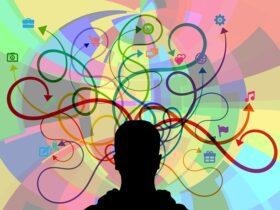


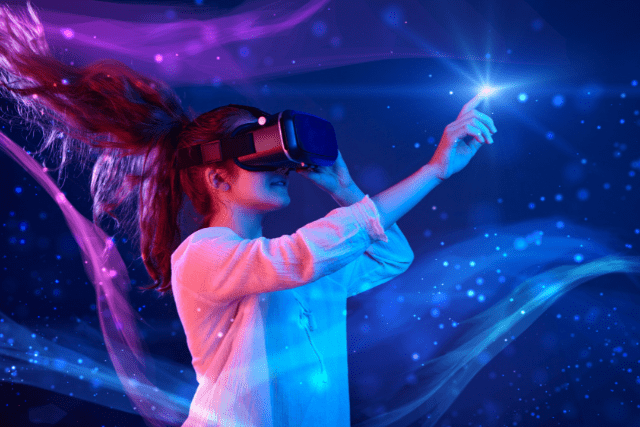








Leave a Reply